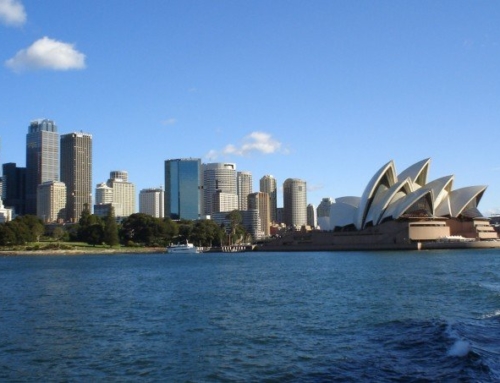If you are looking to learn a bit of history while on the Big Island of Hawai’i, then you need to add Lapakahi State Historical Park to your visit. Just imagine what it was like to live as a Native Hawaiian in the past. The plant and marine life alone can be amazing, but to see several restored structures is a must.

Lapakahi State Historical Park
While you are visiting this historic park, you can venture on a one mile, self-guided tour and see restored hale (houses) and lava stone walls, play traditional Hawaiian games, and learn about the life of early Hawai’i. The park has a rocky shoreline that faces the Lapakahi Marine Life Conservation District. Careful, though, swimming is not encouraged here due to the strong currents, dangerous shore break, and sharp coral.

Here you can see many different ancient structures and artifacts while taking the short 1.1-mile hike, including canoe storage houses and several house sites. Check out the salt-making pans, play a few Konane games, or admire the kukui nut lampstands.

Lapakahi Park Information
Lapakahi is open daily from 8 am – 4 pm except for state holidays. There are portable restrooms, but no water available. Because the Kohala Coast can get hot, the best time of day to visit is in the morning or later in the afternoon. You can download the trail guide or be sure to pick one up at the small shack near the parking area.

Using the trail guide can help you through the path, working clockwise around the ancient village. There are 19 numbered stops throughout the trail; all explained in the trail guide. Please be sure to stay out of all of the ancient sites and off the rock walls.

Lapakahi Plant and Marine Life
As you are walking through Lapakahi, you will also notice many different types of plants. These plants are used as sources of food, building materials, medicines, and other various implements. Many of these plants were brought to Hawai’i by the Polynesian voyagers in their canoes and are called canoe plants. These plants would be the Ma’o, Milo, Hinahina kahakai, ‘Ilima, and Niu (Coconut).
Some of the common fish and coral you will also find at Lapakahi would be the Lauwiliwili Nukunuku ‘oi’oi (Forcepsfish), Lau’i pala (Yellow Tang), and Ko’a (Cauliflower Coral). Just remember to see these you need to venture into the water, just be careful!




